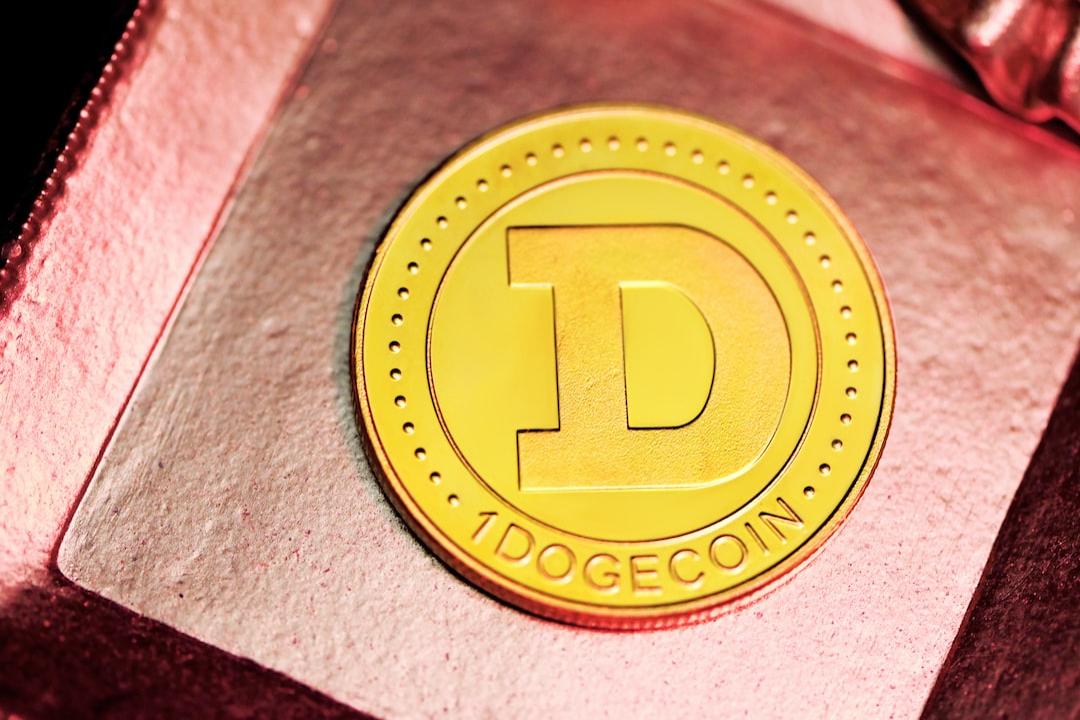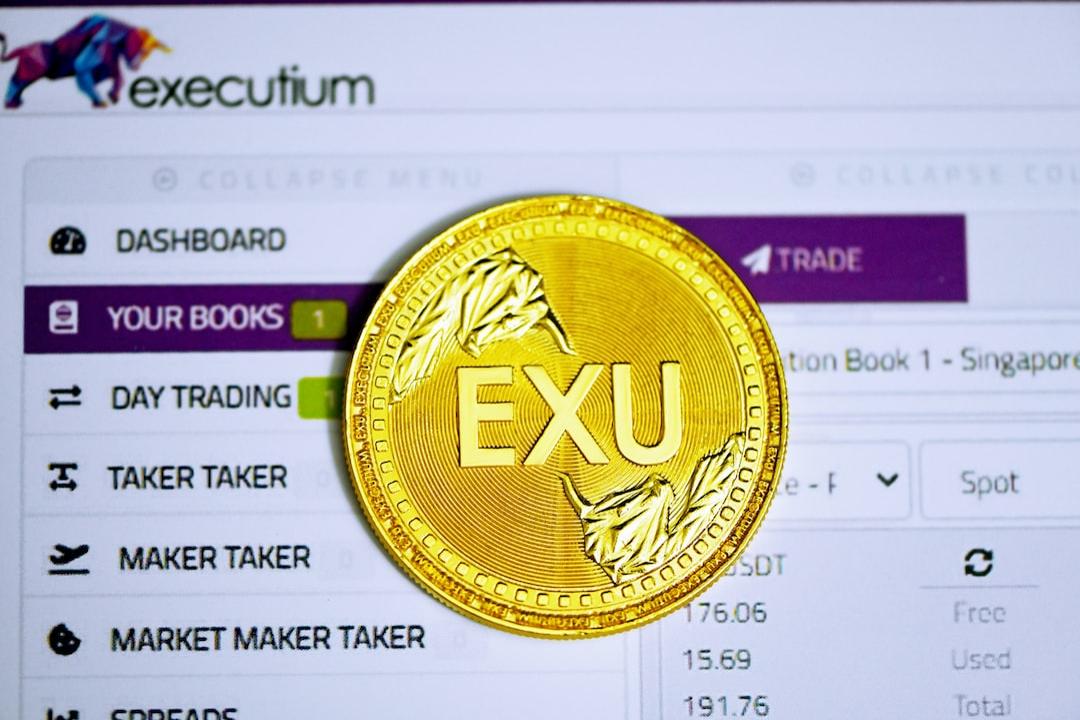Recent trading volumes for spot Bitcoin

$81,478 ETFs have indicated a significant break in trends. Following a ten-day uninterrupted buying spree, funds experienced a net outflow of $93 million. This situation is interpreted as a strategic shift among institutional players, as Bitcoin attempts to maintain its support levels while technical indicators continue to provide insights to traders.
Searching for Balance in ETF Transactions
In the past two weeks, signals of selling have emerged after approximately $2 billion in purchases, revealing strategic disparities among institutions. The Fidelity FBTC fund has been particularly notable under selling pressure, while other approved spot ETFs, including those from BlackRock, have shown a neutral or sideways trend. This suggests that some institutions are taking more aggressive stances, while others remain cautious.
The timing of ETF outflows correlates with short-term fluctuations in Bitcoin prices. Institutional investors appear to be re-evaluating their positions following a temporary price increase. This tendency to apply brakes on spot ETFs is also linked to the overall market’s risk perception, indicating that institutions are developing varied risk management scenarios internally and acting accordingly.
Bitcoin Holds Critical Price Levels
Recently, Bitcoin dropped to around $82,000, forming a brief low. However, the subsequent rebound towards $84,000 has drawn attention from technical analysts. Indicators like Bollinger Bands and Parabolic SAR emphasize the significance of support and resistance levels. The price’s oscillation between these two levels signals investor indecision in the short term.
Technical analysis experts stress the critical nature of maintaining support at $82,000. A break below this level could deepen selling pressure, while surpassing resistance levels may reignite upward momentum. Consequently, investors are adopting a cautious wait-and-see approach, considering both technical and news flows.
Regulatory Uncertainty Impacts Institutions
The emergence of familiar figures in the U.S. Congress and regulatory steps are heightening uncertainty in the market. Former SEC official Paul Atkins and some recognizable figures from the Trump era are back, indirectly pressuring institutional investors. Analysts suggest these developments have paved the way for directional changes in ETF transactions.
In an environment lacking regulatory clarity, many institutions have shifted to a ‘wait-and-see’ policy. Alongside macroeconomic uncertainties, discussions surrounding interest rates in the U.S. directly influence risk appetite. While some investors continue to view Bitcoin as a hedge against economic uncertainty, others prefer to reduce their positions to avoid potential volatility.


